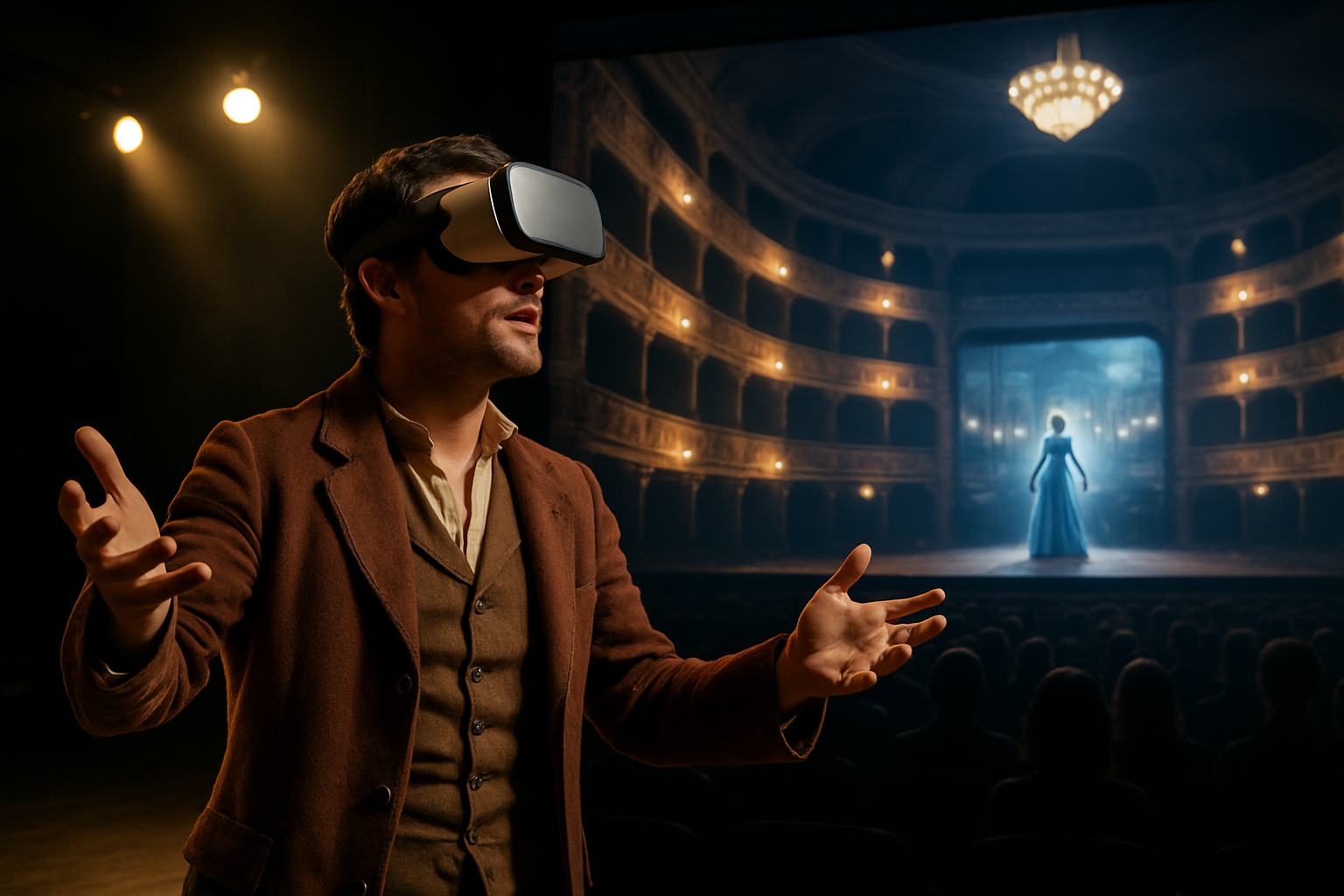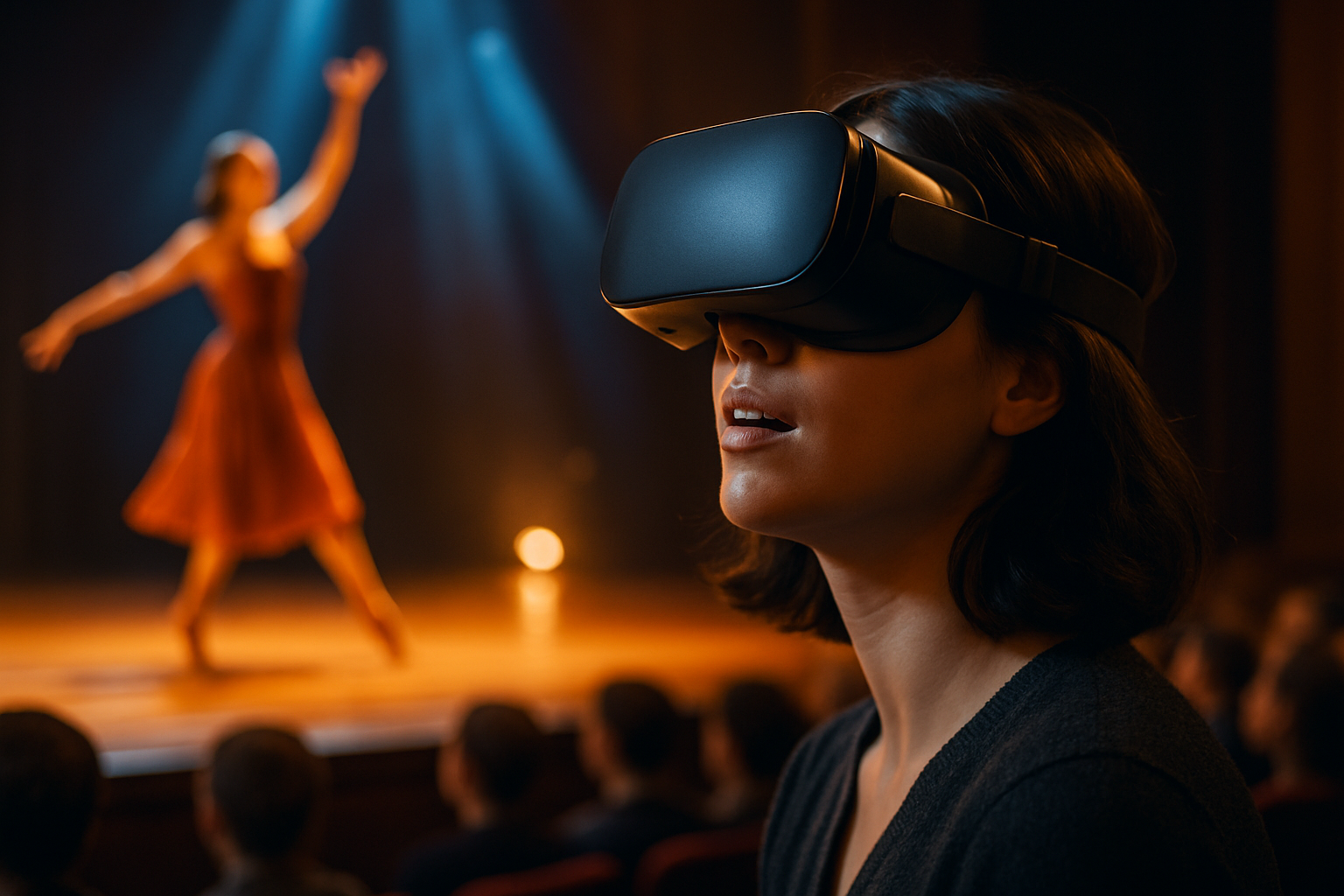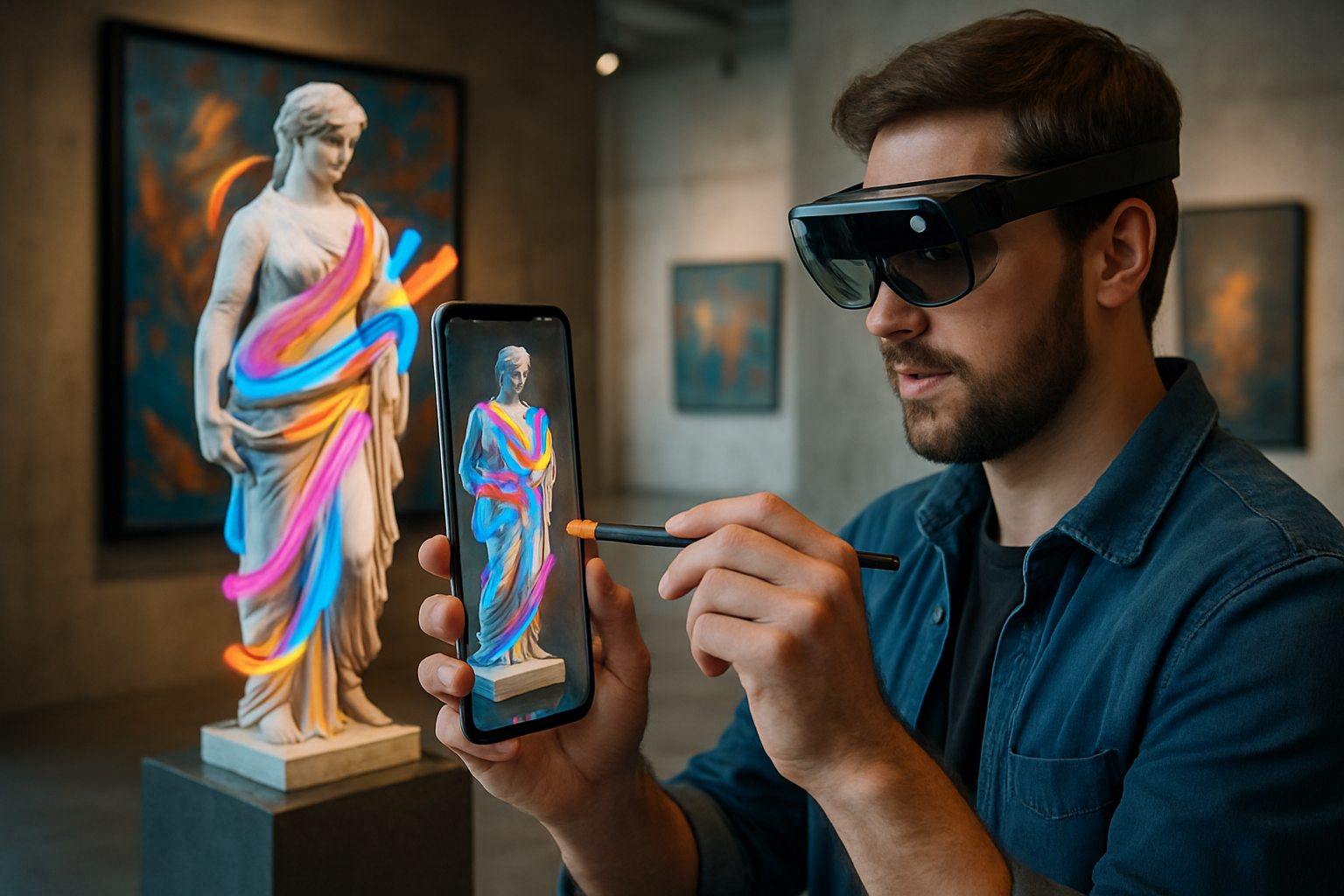Holographic Opera: A New Dimension in Performance Art
In the ever-evolving landscape of artistic expression, a groundbreaking fusion of technology and classical art is captivating audiences worldwide. Holographic opera, a revolutionary blend of traditional operatic performance and cutting-edge holographic projections, is pushing the boundaries of what's possible on stage. This innovative approach to a centuries-old art form is not only breathing new life into classic productions but also attracting a younger, tech-savvy audience to opera houses. As holographic technology continues to advance, the potential for creating immersive, otherworldly experiences in live performances is expanding exponentially, promising a future where the line between reality and digital artistry blurs in the most spectacular ways.

Early attempts at integrating holograms into opera faced numerous challenges, including limited projection quality and the difficulty of synchronizing live performers with digital elements. These initial hurdles, however, only served to fuel the determination of forward-thinking directors and tech innovators. Through persistent experimentation and collaborative efforts between opera houses and technology firms, the foundations for what we now recognize as holographic opera were laid.
Technological Marvels Behind the Curtain
At the heart of holographic opera lies a complex array of cutting-edge technologies working in harmony to create a seamless blend of the physical and digital realms. Advanced projection systems, capable of producing high-resolution, three-dimensional images, form the backbone of these productions. These systems utilize a combination of laser projection, specialized screens, and intricate mapping software to bring digital characters and environments to life on stage.
Equally crucial is the development of real-time rendering technologies that allow digital elements to interact dynamically with live performers. Motion capture systems track the movements of singers and actors, enabling holographic characters to respond in real-time, creating a truly interactive performance. Additionally, spatial audio technologies play a vital role in enhancing the immersive experience, ensuring that the sound precisely matches the visual elements, regardless of where the audience is seated.
Reimagining Classical Masterpieces
One of the most exciting aspects of holographic opera is its ability to breathe new life into classical productions. Iconic operas that have been performed countless times over centuries are being reimagined in ways that their original composers could never have envisioned. For instance, Wagner’s Ring Cycle, with its fantastical elements and epic scope, has found new resonance through holographic staging. Audiences can now witness Valkyries truly riding through the air and the destruction of Valhalla in startlingly realistic detail.
Similarly, Mozart’s The Magic Flute has been transformed into a visually stunning spectacle, with holographic projections bringing the opera’s mystical elements to life in vivid detail. The Queen of the Night aria, already a highlight of the traditional production, becomes an even more awe-inspiring experience when accompanied by a swirling galaxy of stars and cosmic imagery projected around the performer.
Creating New Possibilities for Contemporary Opera
While holographic technology has revitalized classical works, it has also opened up new avenues for contemporary opera composers and librettists. The ability to create any conceivable environment or character through holographic projections has freed creators from the physical constraints of traditional stagecraft. This newfound freedom has led to a surge in experimental operas that push the boundaries of narrative and visual storytelling.
One notable example is the groundbreaking production Quantum Entanglement, a contemporary opera that explores the principles of quantum physics through music and holographic visuals. The production seamlessly blends live singers with holographic representations of subatomic particles, creating a mesmerizing visual representation of complex scientific concepts. This innovative approach not only enhances the storytelling but also serves as an educational tool, making abstract ideas more accessible to a broader audience.
The Impact on Audience Engagement and Opera’s Future
The introduction of holographic elements to opera has had a profound impact on audience engagement and the art form’s broader appeal. Traditional opera houses, once struggling to attract younger audiences, are now seeing a surge in interest from tech-savvy millennials and Gen Z viewers. The immersive nature of holographic productions creates a more interactive and visually stimulating experience, appealing to generations raised on digital media and video games.
Moreover, holographic technology has expanded the reach of opera beyond the confines of traditional venues. Virtual performances, where audiences can experience holographic operas from the comfort of their homes through VR headsets, are becoming increasingly popular. This development has democratized access to high-quality opera productions, allowing people from all over the world to experience performances that were once limited to major cultural centers.
Challenges and Ethical Considerations
Despite its revolutionary potential, holographic opera is not without its challenges and ethical considerations. One of the primary concerns is the potential loss of the human element that has long been at the heart of operatic performance. Critics argue that an overreliance on technology could diminish the importance of live singers and musicians, potentially leading to a future where holographic performers replace human artists entirely.
There are also technical challenges to overcome, such as ensuring perfect synchronization between live and holographic elements and maintaining the illusion of three-dimensionality from all audience perspectives. Additionally, the high cost of implementing and maintaining holographic systems poses a significant barrier for smaller opera companies, potentially creating a divide between well-funded institutions and those with limited resources.
The Future of Holographic Opera
As technology continues to advance at a rapid pace, the future of holographic opera looks incredibly promising. Emerging technologies like augmented reality (AR) and artificial intelligence (AI) are set to further revolutionize the art form. AR operas, where audience members can interact with holographic elements through their smartphones or special glasses, are already in development. Meanwhile, AI is being explored as a tool for creating dynamic, responsive holographic characters that can adapt their performances in real-time based on audience reactions.
The potential for holographic opera extends beyond entertainment, with applications in education and cultural preservation being explored. Imagine history lessons brought to life through holographic reenactments of famous operas, or the ability to experience performances by legendary singers of the past, recreated through holographic technology.
As we look to the future, it’s clear that holographic opera represents more than just a technological gimmick. It is a powerful new medium for artistic expression, one that honors the rich traditions of opera while embracing the limitless possibilities of the digital age. By bridging the gap between classical art and cutting-edge technology, holographic opera is not only securing its place in the 21st century but also paving the way for the next evolution of performance art.





